Ever wondered if your road trip to sunny California could be interrupted by an unexpected inspection of your RV? Here’s why it could happen and what you need to know.
California, known for its sun-kissed beaches and breathtaking national parks, is also home to a thriving agriculture industry.
This industry is a significant contributor to the state’s economy and provides employment to an average of 420,800 people each year. However, it’s under constant threat from a tiny but formidable adversary – the Oriental fruit fly.
Originally from Asia, the Oriental fruit fly has expanded its geographical range to include many Pacific Islands, even reaching the Hawaiian coasts.
Recognized as a severe threat by the California Department of Food and Agriculture (CDFA), this pesky insect has a taste for a variety of fruits and vegetables, endangering crops worth billions. In fact, in 2020 alone, the value of crops under threat was a staggering $19.3 billion.
Oriental Fruit Fly Quarantine Expands (Video)
Because of this, California has amped up its defense mechanisms against these fruit flies, part of which includes inspecting RVs entering the state. Now you might wonder, will every RV crossing the border be inspected?
The answer is no, not all. The CDFA uses a risk-based approach to decide which vehicles to inspect. This decision hinges on factors like the vehicle’s origin, the presence of fruits or vegetables on board, and any past violations or inspections.
However, there’s a higher likelihood of inspections for vehicles coming from high-risk areas, places known for plant pests or diseases, like Mexico or Oregon. But it’s not just the high-risk areas – even vehicles from low-risk regions can face inspection if there are signs of potential pests or diseases.
You see, the Oriental fruit fly usually finds its way into California through fruits and vegetables people bring back from their travels or receive as homegrown produce in the mail. That’s why honesty is critical if you are asked about what food you’re carrying. Remember, the goal is not to penalize you but to prevent a possible agricultural catastrophe.
Navigating through the inspection process might sound daunting, but it’s quite straightforward. The CDFA operates Border Protection Stations at several strategic points, like major highways and airports.
Here, vehicles undergo inspections that typically involve a visual check of the exterior of the RV and any onboard plants, fruits, or vegetables. If pests or diseases are detected, the vehicle might be subject to further inspection, disinfection, or quarantine.
To make the process smoother, there are a few things you can do. Firstly, educate yourself about the prohibited fruits and vegetables using the CDFA’s ‘Don’t Pack a Pest’ website.
Secondly, cleanliness is crucial. If your RV appears to have been off-roading, indicated by a lot of dirt and plant debris, it’s more likely to be stopped for inspection.
So, it’s a good idea to give your RV a thorough clean before entering the state. Lastly, remember to be patient and cooperative during the inspection process.
Where Can You Check for the Most Current Regulations on What Can and Cannot Be Brought into California?
California Department of Food and Agriculture (CDFA) – This is the primary state agency responsible for preventing the introduction and spread of invasive species in California. They have detailed information on their website about what can and cannot be brought into the state.
Website: https://www.cdfa.ca.gov/
U.S. Customs and Border Protection (CBP) – If you’re crossing an international border into California, this federal agency will be involved. Their website provides information on what you can bring into the country.
Website: https://www.cbp.gov/
U.S. Department of Agriculture (USDA) – This federal agency oversees national policies on agriculture and food, and it works closely with state agencies like the CDFA. They have information about what can be transported between states and what can be brought into the country.
Website: https://www.usda.gov/
Remember, laws and regulations can change, so it’s important to check for the latest information before you travel.
Frustrated? You’re Not Alone
If you’re not happy about this, you’re not alone. Below is a summary of grievances from fellow RVers who have had to endure the inspection:
- The practice of searching RVs upon entry is seen as a violation of the fourth amendment right.
- This search practice infringes upon Constitutional rights, especially the right to travel freely and unmolested across the USA.
- The searches discourage some people from traveling to California due to health and liberty concerns.
- California’s agricultural state’s perceived “risk” and subsequent searches appear disproportionate and unconstitutional compared to other states.
- There is ambiguity about whether one can decline the inspection and return to the originating state.
- The inspecting individuals are not law enforcement; this distinction should be more clearly delivered to those undergoing inspections.
Conclusion
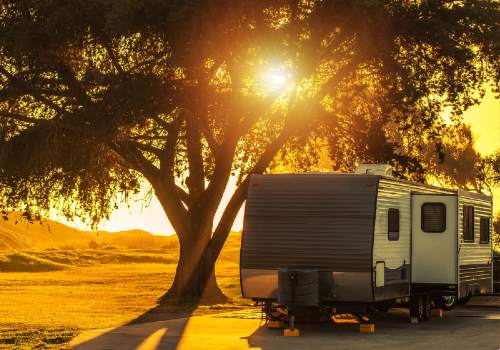
So, the next time you plan your road trip to California, remember this information.
Want to Connect With a Community of Over 1,078 RV Enthusiasts?
An understanding and cooperative attitude can make your journey a smoother and faster experience while also helping to safeguard the Golden State’s vital agricultural industry – even if we don’t like it.
California’s Border Protection Stations (Video)
Related Questions
1. What items are generally prohibited from being brought into California in an RV?
Prohibited items include certain plants, fruits, and vegetables due to agricultural restrictions designed to prevent the introduction of harmful pests and diseases. Also, while not specific to RVs, all firearms and certain animal products are regulated.
2. Do you need any specific documentation for RV border inspections in California?
Yes, you need a valid driver’s license, proof of insurance, and registration for the RV. If you’re crossing from Mexico or Canada, you’ll need a valid passport or other acceptable identification.
3. Can an RV be searched at a California border inspection?
Yes, both U.S. Customs and Border Protection (CBP) and California Department of Food and Agriculture (CDFA) officials have the right to search vehicles, including RVs, at border inspections for prohibited items.
4. How can you prepare your RV for a smoother border inspection in California?
Ensure all your documents are ready and easily accessible. Avoid carrying any prohibited items. It may be beneficial to clean your RV before you arrive to show you’re not hiding anything and speed up the inspection process. Also, be prepared to answer questions about your travel itinerary and the purpose of your visit.
5. What happens if you accidentally bring a prohibited item to the California border in your RV?
If you accidentally bring a prohibited item, it will likely be confiscated and destroyed at the border inspection. In some cases, you may be subject to fines, particularly if the item is illegal, such as certain drugs or firearms. It’s always best to declare all items to avoid any potential penalties.
"Man cannot discover new oceans unless he has the courage to lose sight of the shore."
-- Andre Gide

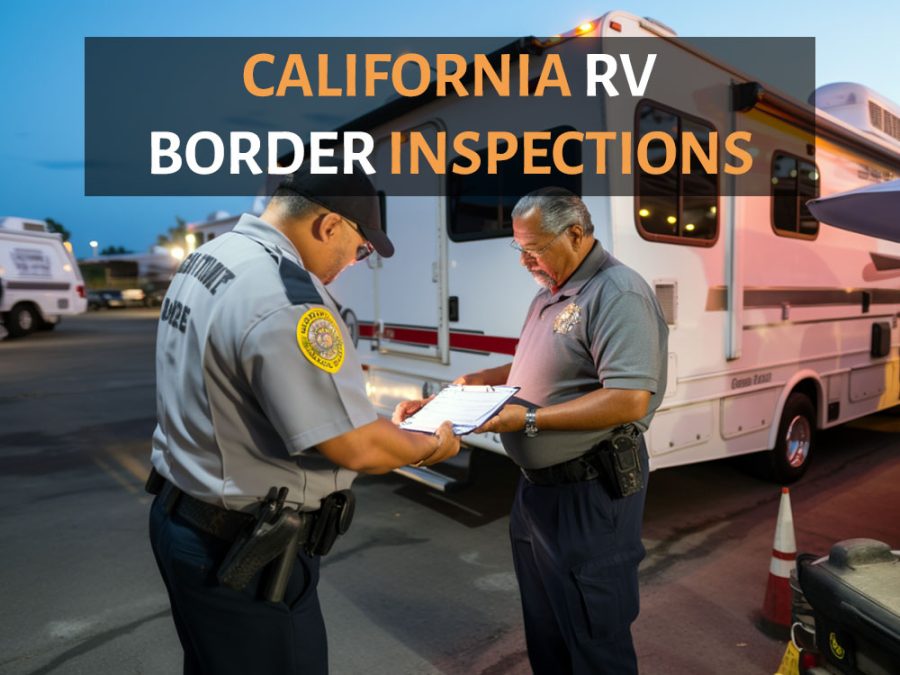


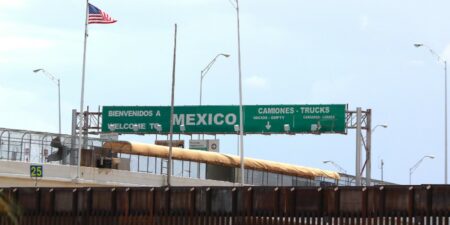

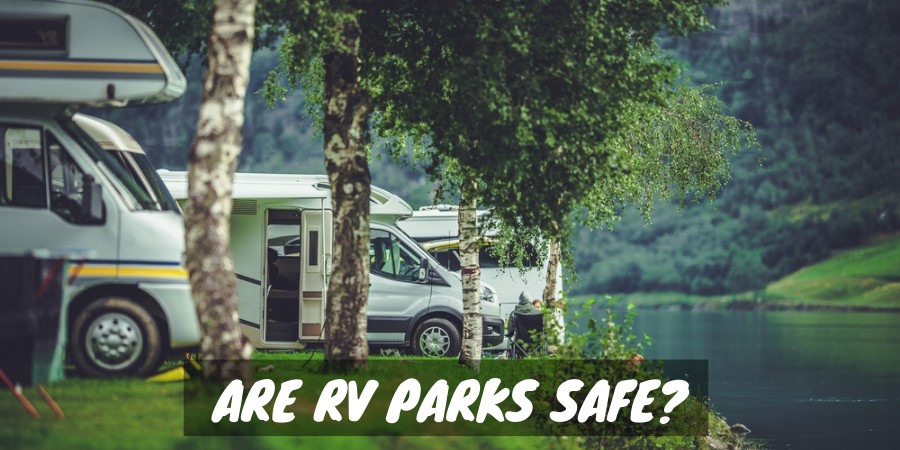




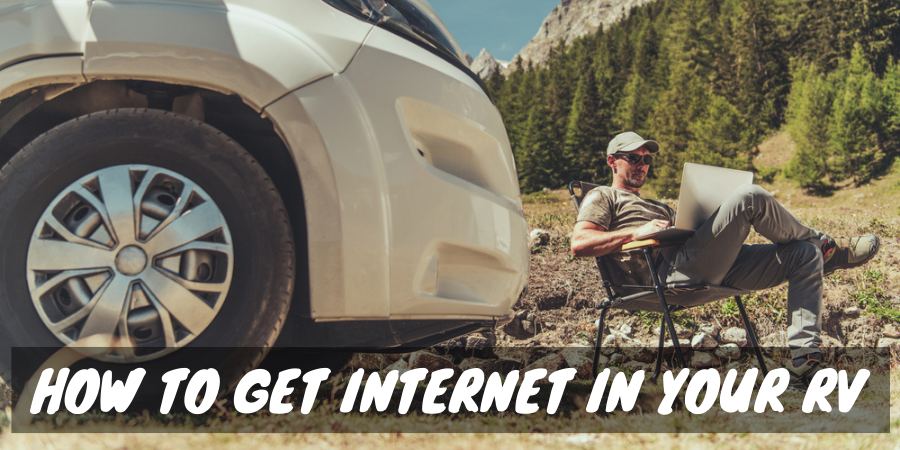
But not cars?
We were stopped in our Oldsmobile and checked a couple of times at the CA border when we lived in AZ, but that was in the mid 1990s
Got a warrant?
Exactly. No warrant, no search.
So the border is wide open to criminal illegal aliens but law abiding citizens are subject to search without a warrant?
Yes, and no entry.
Done go to California. Not a friendly state at all.
Guess what? we are glad you aren’t coming here…lol
Looks like my cross country trip stops in Nevada.